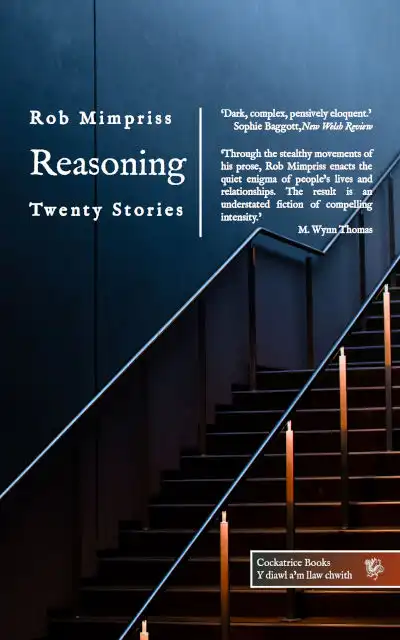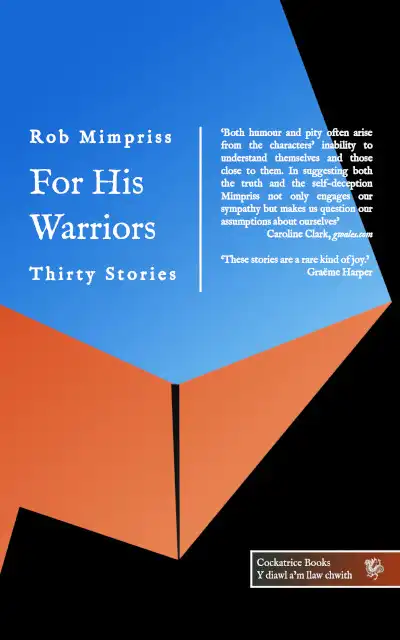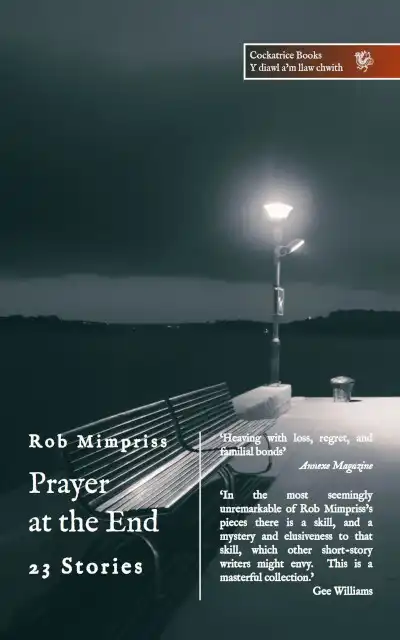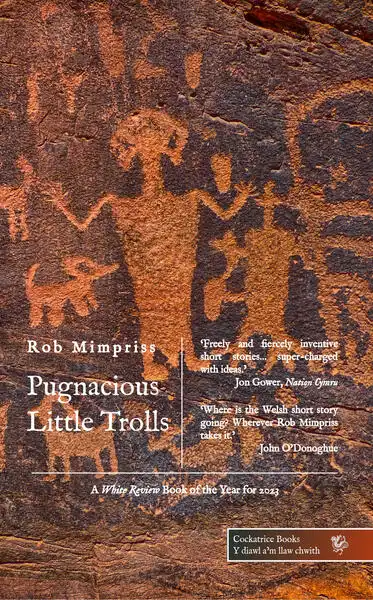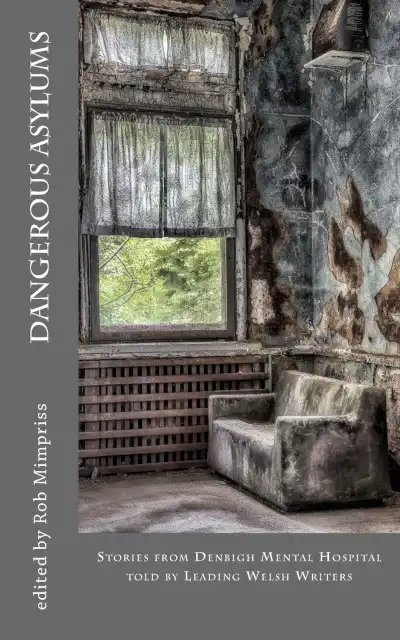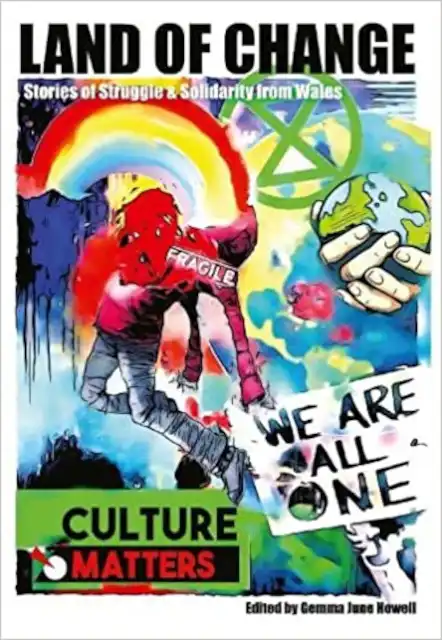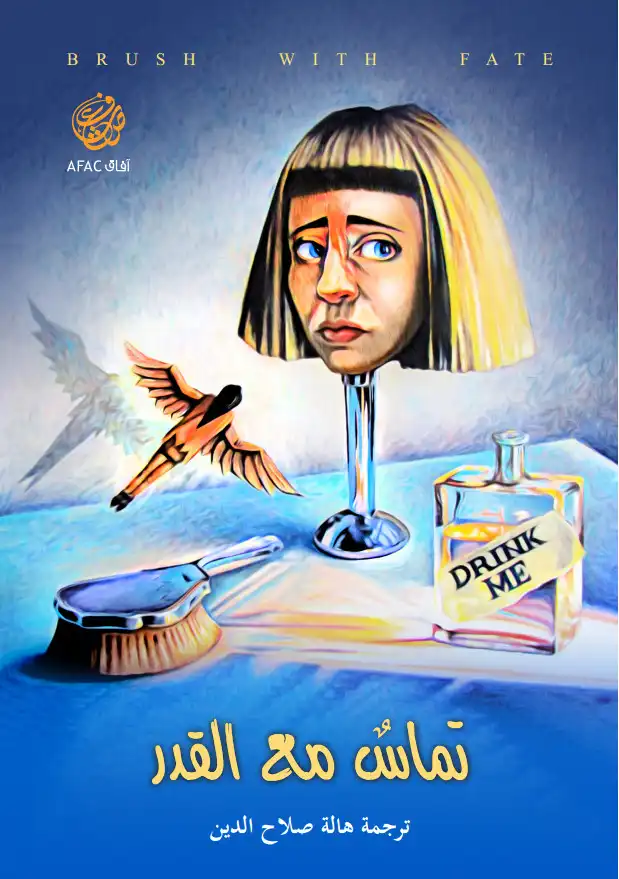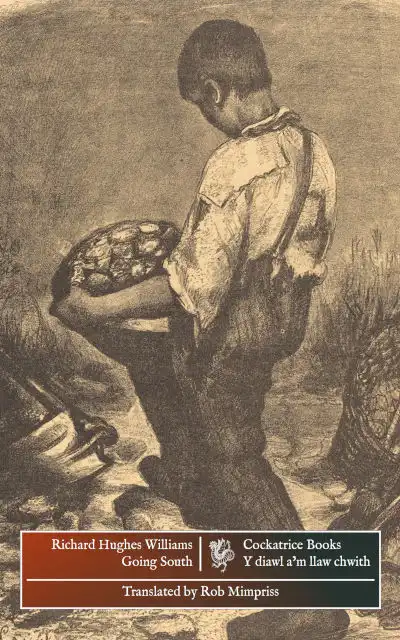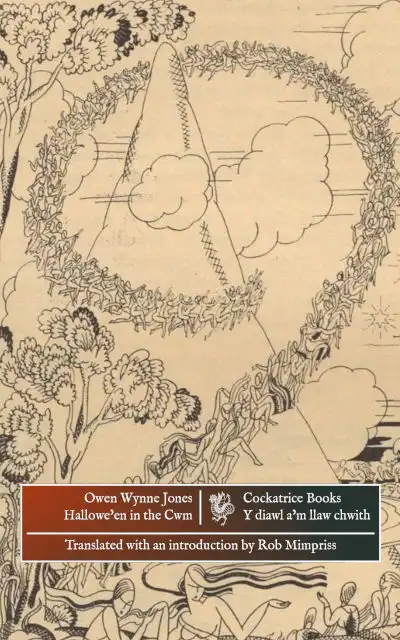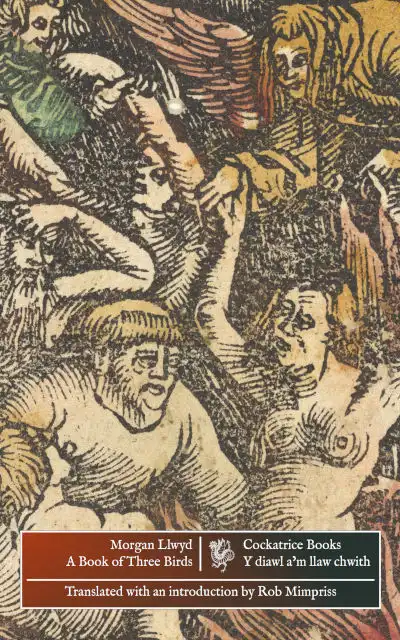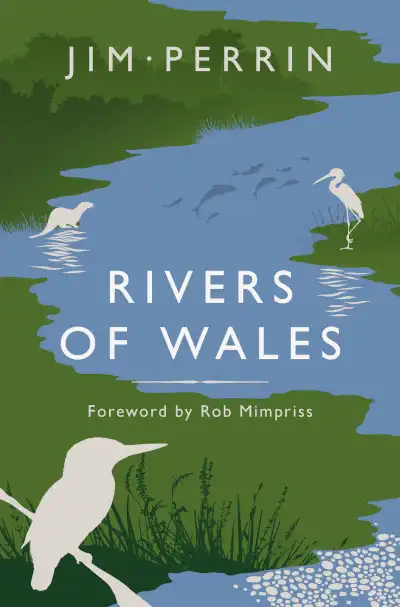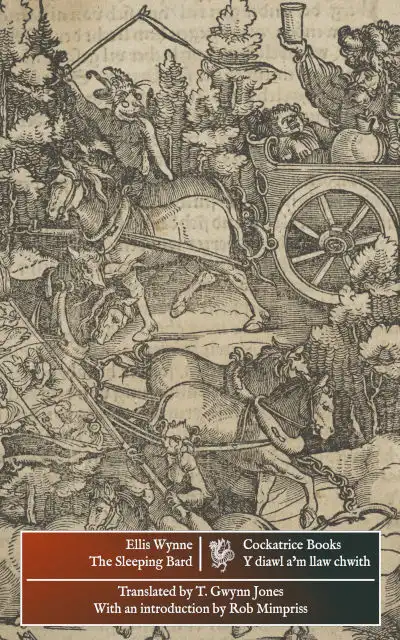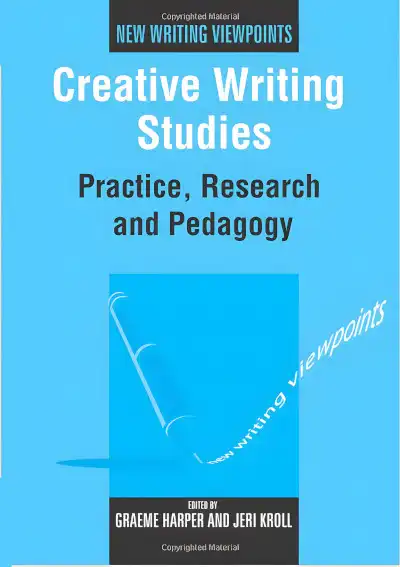The day was dull, rather misty, and wet under foot, but neither too warm nor too cold for walking. I began to think (without being especially aware that I was thinking) about the place of blood in Christian iconography, about the chapel in which I was raised, which seemed mildly obsessed with it; about those hymnists from the golden age of Nonconformism who described, in lumpish and ornery verse and a time when the gothic novel was rising in popularity, the seas of blood, streams of blood, lakes of blood, rivers of blood, fountains of blood, wellsprings of blood, and oceans of blood which alone could wash their sins clean: evangelicals wear clogs to the ballet dance of the metaphors. I remembered reading that crucifixion causes minimal blood loss, so that — if the gore of the immortals is salvific — one is better off with a nice, quick beheading, and a bucket placed nearby; and reading (in Géza Vermes, I think) that Jesus’ own comments about his blood, at the Last Supper before his arrest, come not originally from the Gospels but from Paul, who had never met Jesus but claimed that God had told him what was said there. I remembered the Jehovah’s Witnesses’ blood taboo, supposedly derived from Old Testament law, yet as senseless and cruel according to Judaism as it is to Christianity; the son of Jehovah’s Witnesses with whom I was in school, who accepted a blood transfusion to save his life after an accident, and was allowed home once to pack before his parents disowned him; and I remembered that this memory was in my mind when, as a student in Cardiff, I was helping a former Jehovah’s Witness pack her things and move, and found and offered to destroy her ‘No Blood’ card. Then I remembered those Jewish teachers who claim that the idea of one person being punished in the place of another is a perversion of Judaism, that Jesus’ Jewish disciples would have found the invitation to ‘drink his blood’ not merely offensive but actually obscene, and would very likely have punched him… I remembered the chapel in Wales where — the Calvinist mood being suspicious of alcohol — they served the blackcurrant juice that symbolised the wine that symbolised the blood that symbolised salvation: until the service when they ran out of blackcurrant juice, and what was served after much confustication and flapdoodle was a deep brown in colour and fizzed in the goblets —
And it was at this point that I came to, alone and up to my ankles in mud, in the middle of an empty field, muttering.
